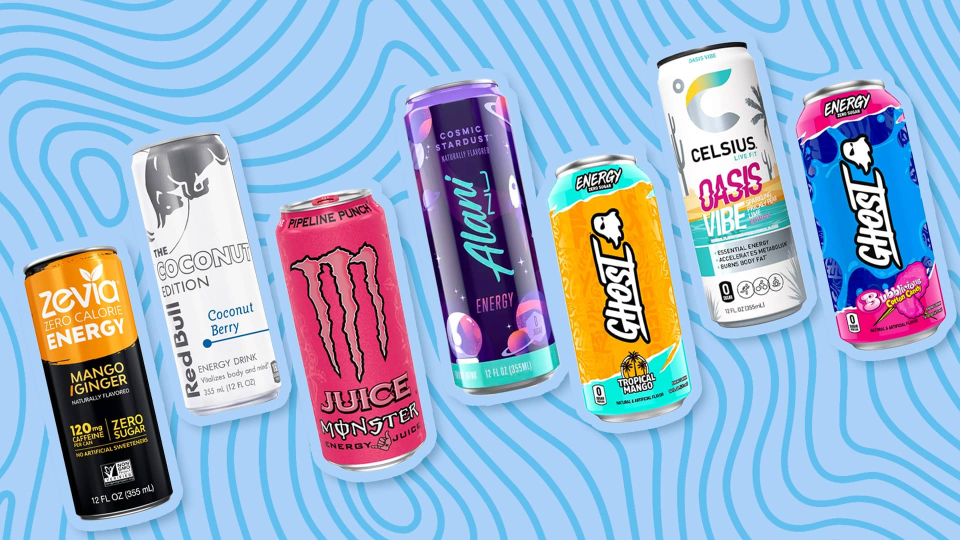Since the school year started, I have been exhausted. With early bird, field hockey, student council and a part-time job, I have found that my schedule barely leaves room for sleep.
The classic juggling act had me dragging through the day by the second week. It was then that I decided to try something completely foreign to me – energy drinks.
The one and only time I drank Red Bull before school, it felt like a lifeline. Just one little can made me feel like I could actually focus and I would still have energy by the end of the day. I wasn’t bouncing off the walls, but I was awake. It was amazing.
I quickly realized, however, that something was off.
I was more jittery and nervous on the way to my field hockey game than ever before, and I got a pounding headache on the bus ride home. When I finished my homework and I was finally ready for bed, I couldn’t fall asleep.
The next day felt like getting hit by a bus. I could barely stay awake during my early bird class, and I felt worse than I had before I tried the drink.
I always knew in the back of my mind that energy drinks were bad for you in some way, but I had never actually comprehended why. When I looked up the ingredients that day, though, I was shocked.
I started reading the labels and ingredients. They were full of insane levels of caffeine, loads of sugar and stimulants I couldn’t pronounce.
The FDA recommends that teens limit their caffeine intake to 100 mg per day. If you’re wondering how much caffeine is in a 16-ounce Red Bull, the answer is 154 mg.
Red Bull isn’t even the drink with the highest caffeine content. A standard, 8.4 ounce can of Celsius has a whopping 200 mg, and Alani has 200 mg in a 12 ounce can.
Drinking energy drinks on the regular can cause severe problems later in life such as stroke, tachycardia (a heart rate over 100 beats per minute), and hallucinations, according to The Cleveland Health Clinic. They can also lead to other deteriorations like weight gain and tooth decay – none of which sound appealing to me at 16 years old, and I imagine my peers would feel the same.
The more I learned, I realized that these drinks were not at all the harmless boost I thought they were – they were a short-term solution with long-term consequences.
But I’m not the only one to rely on this boost.
I see energy drink consumption among my peers rising fast — especially in students like me who are trying to do everything. But why do we feel like we need them in the first place? Why is the bar set so high that running on empty is the standard?
Energy drinks are sold everywhere, and they are marketed towards successful students who are tired and overcommitted. But the real problem isn’t the drinks. The real problem is the culture that makes them seem like a necessity.
Keeping students healthy and off energy drinks starts with ending the idea that overcommitting is the key to success. While the idea may seem impressive to colleges, setting up students to manage impossible schedules is setting them up for failure. Nothing should be done with the intention of being “impressive” if it comes at the expense of damaging your wellbeing.
Instead, we should prioritize finding balance, teaching students that it’s okay to say no to activities they cannot make work in their schedules and making mental health and wellness a defining factor in what we consider success.
Nobody should have to trade sleep for success or unknowingly damage their health to keep up. Energy drinks seem tempting to help us, but they aren’t the answer. Their cost is higher than we think.


